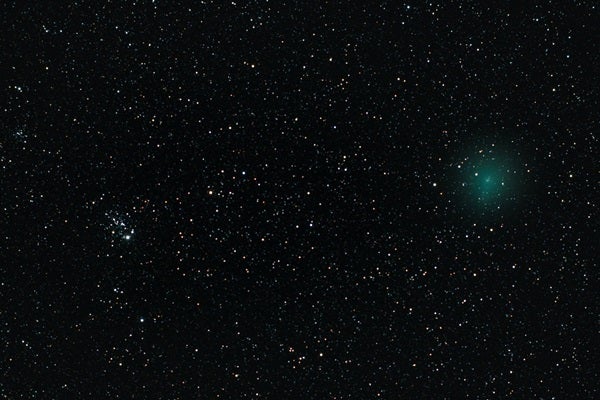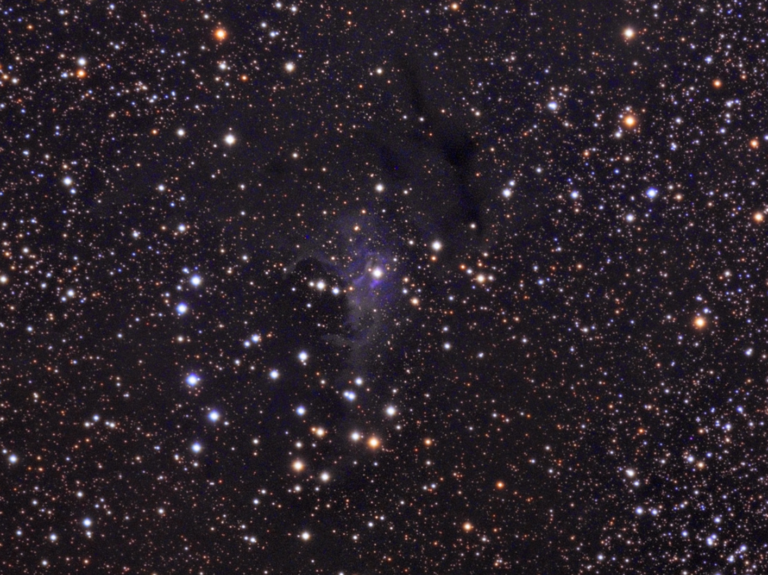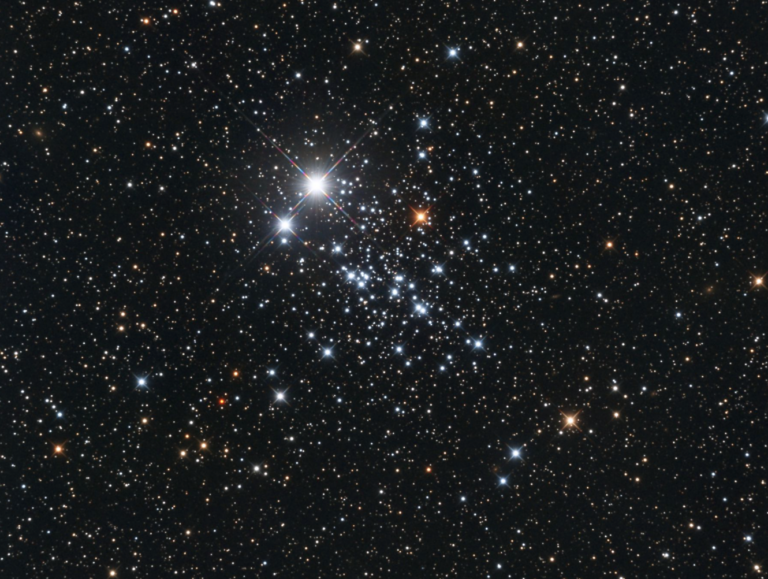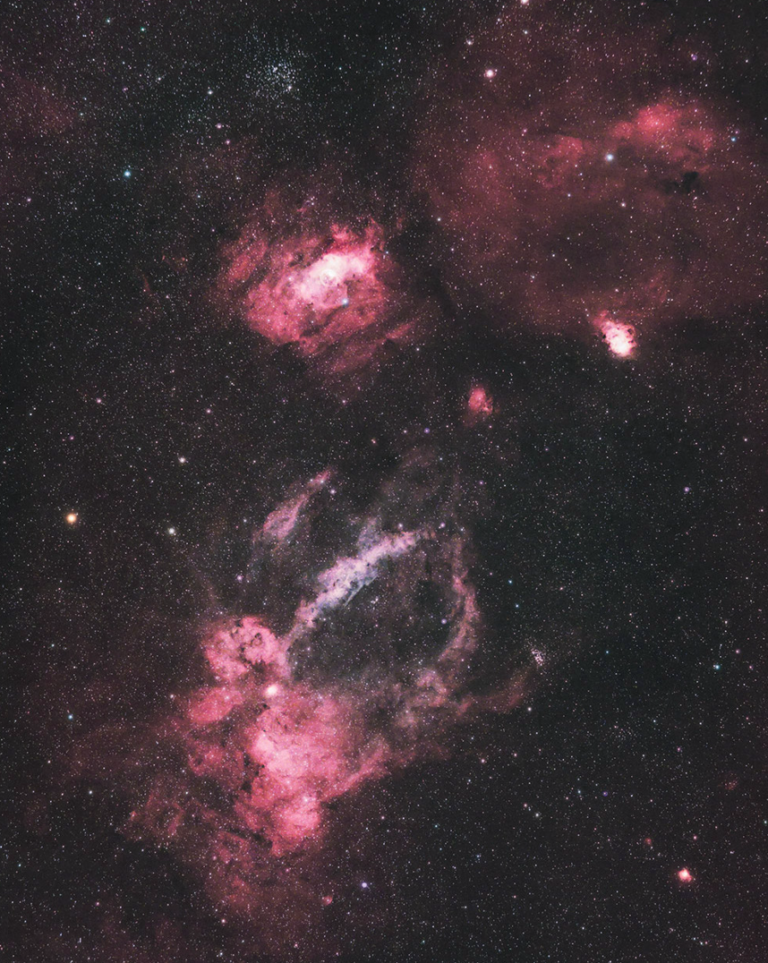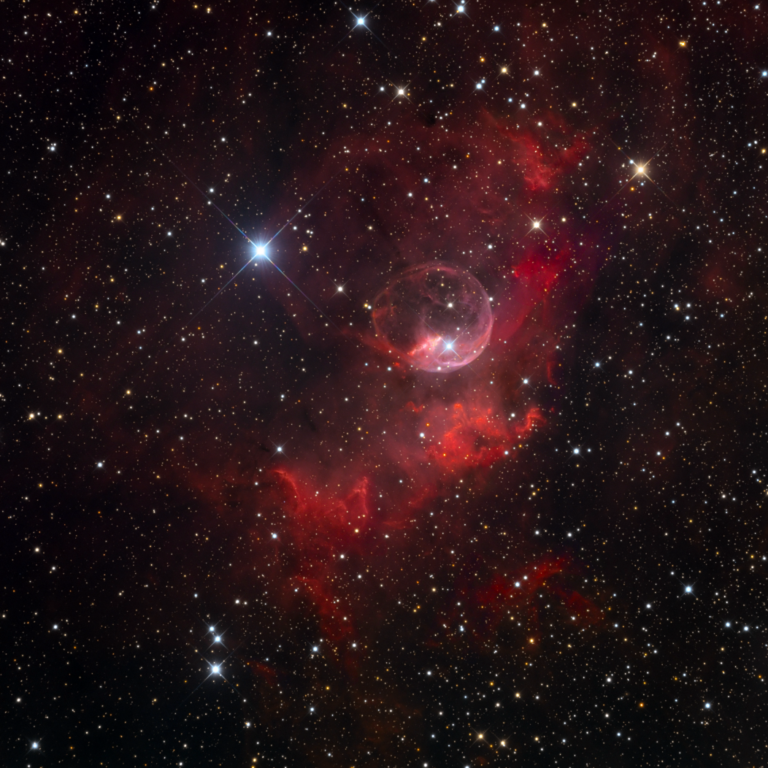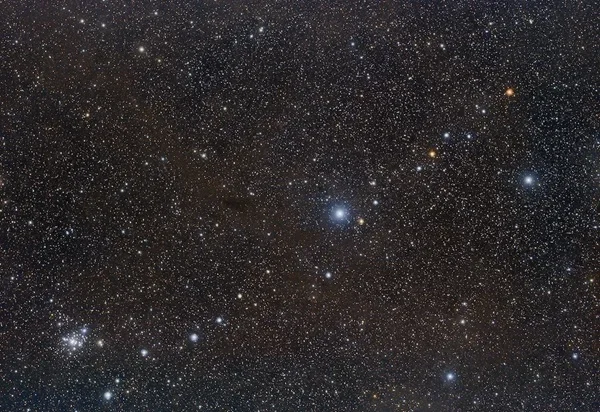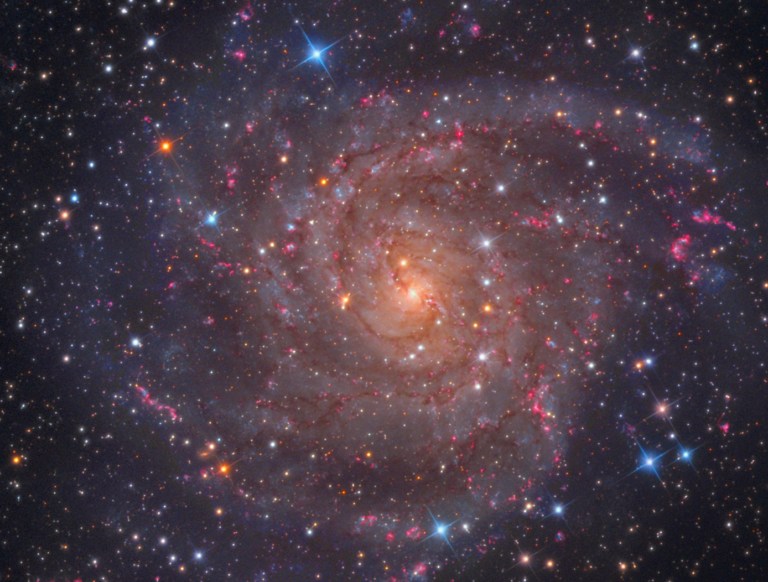The names of the members of our solar system date back to antiquity, derived from gods and goddesses. Sometimes an object’s name connects to its constellation — the Orion Nebula and Andromeda Galaxy are well-known examples. Other times, an object’s shape dictates its name: The Ring Nebula and Whirlpool Galaxy have become proper nouns. And the combination of photography and imagination has birthed even more names, like the North America Nebula or Horsehead Nebula.
But sometimes shape is more subtle and many observers assign the same object different names. This seems to happen a lot these days, mostly because amateur astronomers assign various monikers. NGC 457 is one such example. This rich open cluster in Cassiopeia was named the Owl Cluster by David J. Eicher in the October 1980 issue of this magazine. It is also called the E.T. Cluster, the No. 5 Cluster (for the robot in the movie Short Circuit), and the Stick Man Cluster, among others.
Many of Cassiopeia’s clusters lie in the Perseus Arm of the Milky Way. (We are in the Orion Spur of the Sagittarius Arm.) The Owl Cluster is slightly more than 7,900 light-years away. It is 13′ across and one of the brightest open clusters in Cassiopeia at magnitude 6.4. This brightness makes it surprising that Messier overlooked NGC 457, as M52 and M103 are both magnitude 7.
The Owl Cluster’s eyes are Phi (ϕ) Cassiopeiae and HD 7902 (magnitude 5 and 7, respectively). While Phi has been considered a cluster member — and is one of the most luminous stars known — astronomer James Kaler found evidence that this star is between 2,300 and 4,500 light-years away. The Owl’s legs and arms are strings of stars that stand out from both cluster members and foreground stars.
Make sure to explore Astronomy’s full list of 101 cosmic objects you must see. New entries will be added each week throughout 2022.
To get the latest astronomical news and observing content delivered directly to your door, subscribe to Astronomy magazine today!

